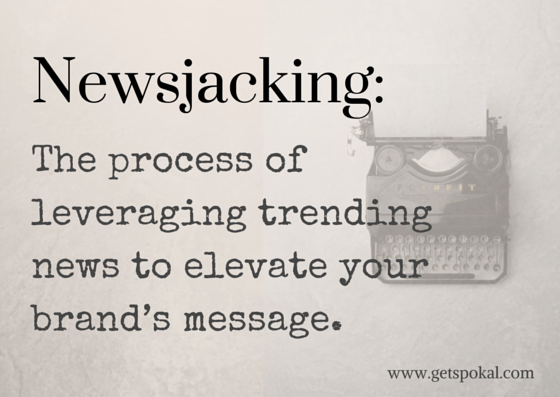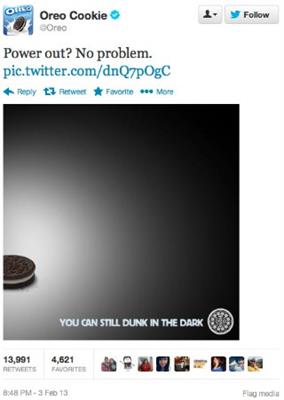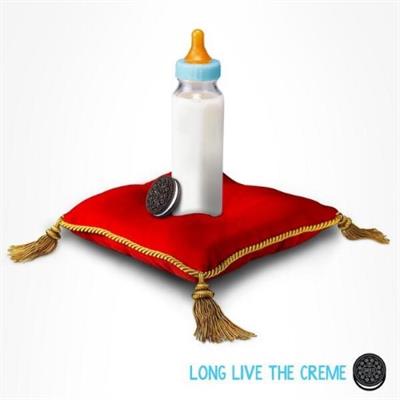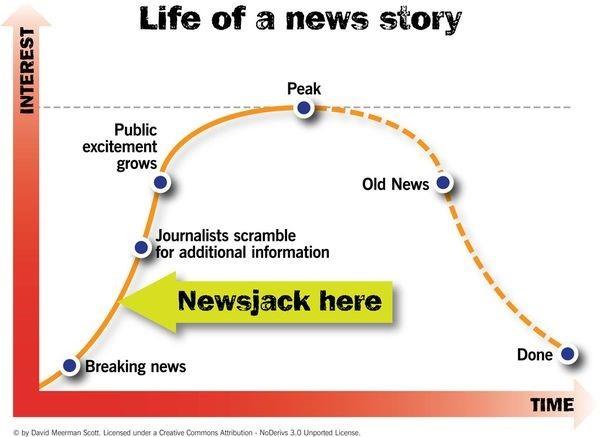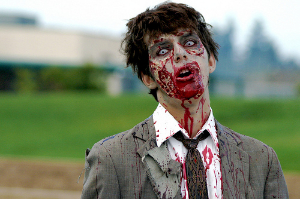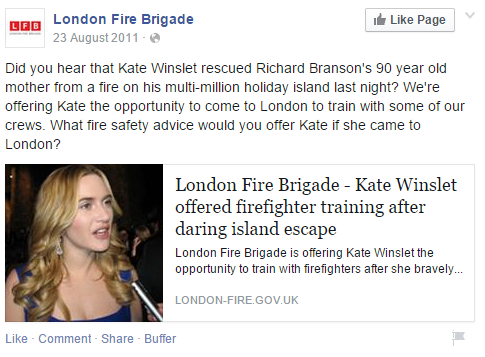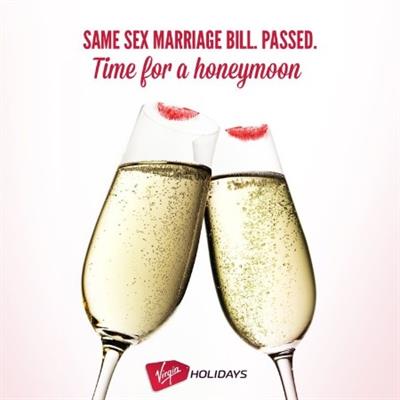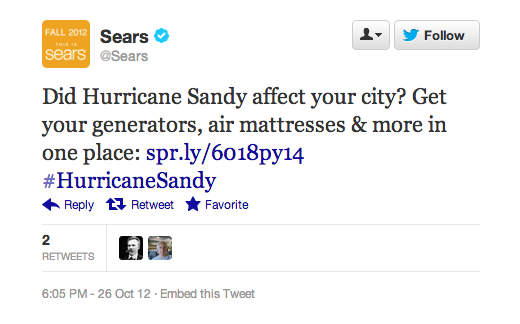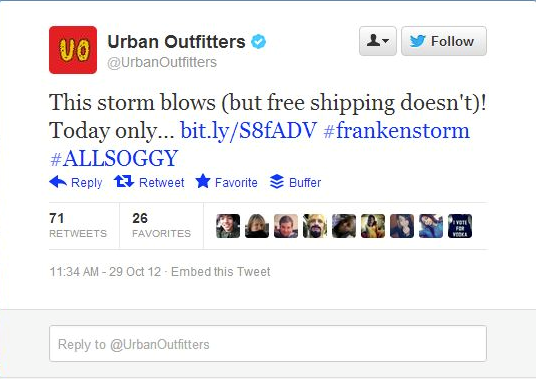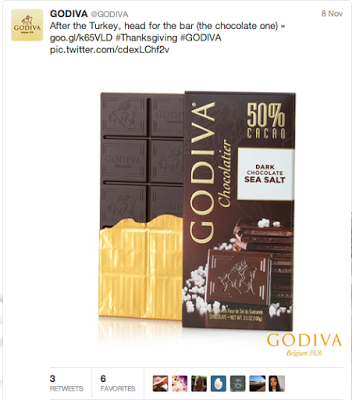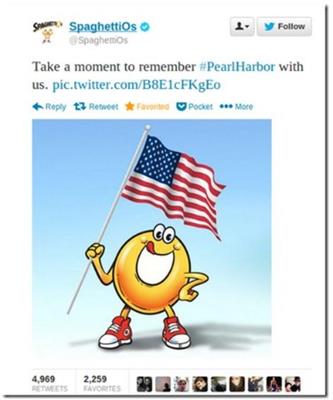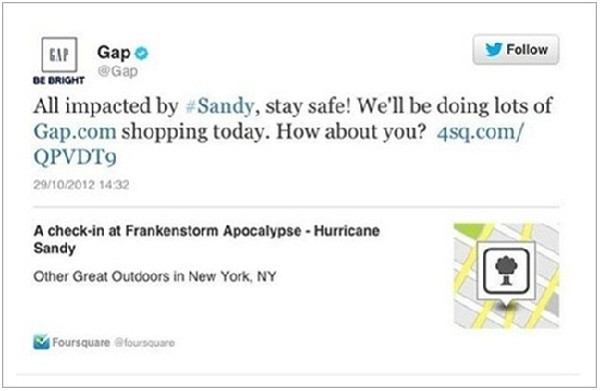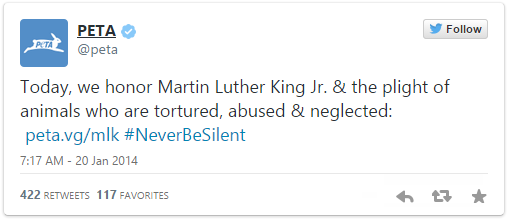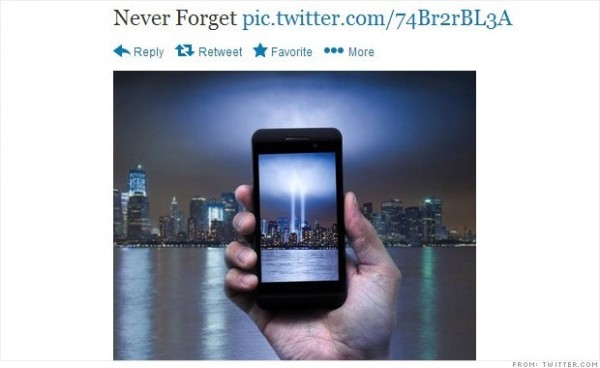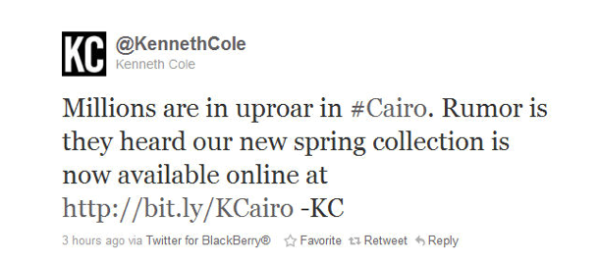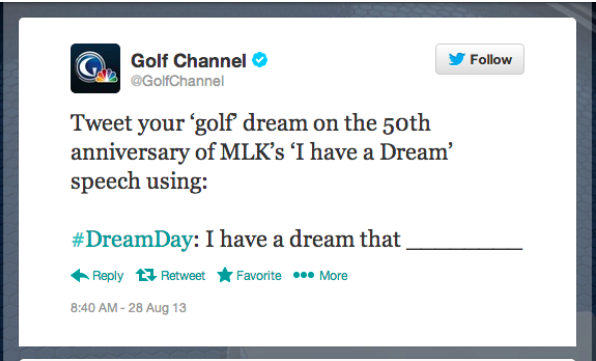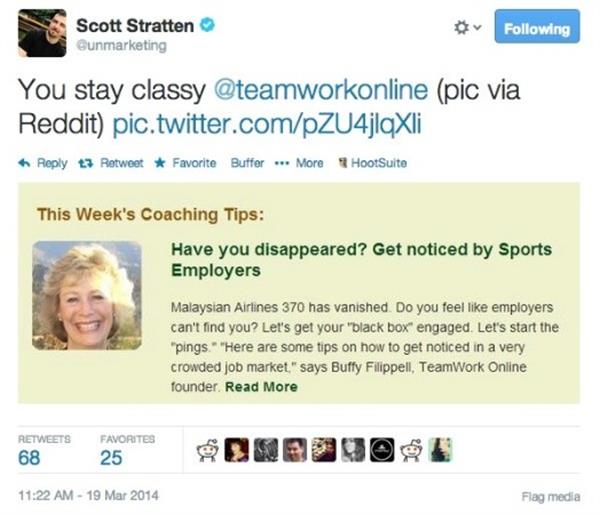Recently, I stumbled across an article by Jay Baer on LinkedIn Pulse entitled “You’re Trying to Be Smart But It’s Clearly Not Working.” Being a huge fan of his work, and intrigued by the tone of his headline, I was curious to read what he had to say.
The post is short, but to sum it up for you: Baer states that Newsjacking is “ridiculous” because usually what’s happening in pop culture isn’t reality and we have no lessons to learn from fiction. He concludes with: “If you have something to say, just say it.”
For those of you who haven’t stumbled across 2015s buzzword of the year (so far), Newsjacking was coined by David Meerman Scott, and is the process of leveraging trending news to elevate your brand’s message.
But back to Baer: While I disagree that fiction can’t teach us about reality, this isn’t the time and the place to tear into that argument. But Baer’s post did get me thinking seriously about Newsjacking. Particularly, I wanted to know:
- Is there any real argument for or against the Newsjacking?
- Is it effective, or just a cheap gimmick?
- And, most importantly, can Newsjacking be utilized for good content marketing?
So let’s get some answers, shall we?
Oreo Sets the Newsjacking Trend
Newsjacking has been around for a while, but it’s only really started grabbing people’s attention.
What started it all? One simple Tweet.
During a black out at the Superbowl in 2013, Oreo’s tweeted this little gem:
This Oreo tweet – which netted more than 15,880 retweets and 6,200 favorites – was perfect. The marketing team took a bad situation, and made light of it with an amusing image and well-timed message.
They couldn’t have planned for it. It just happened.
Since then, Oreo has become somewhat of a poster child for Newsjacking and seem to be getting the marketing tactic down to a fine art.
For example, this pre-planned Newsjacking that was released when Kate Middleton gave birth.
How to Newsjack like Oreo
There are three rules to effective Newsjacking.
Rule #1: Choose the right news story
You can’t Newsjack every story. You can’t Newsjack most of them actually. That’s OK. Just keep an eye on trends, know your brand well enough to know what works and what doesn’t, and don’t force it. If it doesn’t seem like a natural connection to make, it probably isn’t.
Rule #2: Be timely
David Meerman Scott gives us a lot of useful advice when it comes to getting the timing right on Newsjacking. He suggest that the right time to Newsjack is just before the story gains momentum and journalists start searching for more information.
Rule #3: Think Critically
This is where most brands seem to fall down on. You need to learn to be critical about what stories your Newsjacking and how you’re doing it.
Look at it from the point of view of an everyday human being who’ll come across this content – Do you think it’d be offensive? Do you think it’ll be funny? Does it make sense?
Sometimes it’s hard to be critical about your own work, so it’s also good to get a second opinion on your idea before anything goes out.
Examples of the Good, the Bad & the Ugly of Newsjacking
For me, there’s two types of Newsjacking. The first is educational in intent. In this context, the marketer is utilizing a trending topic in order to create content that works to educate their audience in a more entertaining, relatible and interesting way.
The second, which Oreo is an example of, is Newsjacking for publicity and entertainment purposes.
5 Examples of Good Newsjacking
When used as a tool to help create content for your audience that will work to explain complex ideas, Newsjacking can be incredibly beneficial.
1. Market Watch
For example, “7 management lessons from ‘The Walking Dead” utilizes the hit ABC show in order to teach people about management. Personally, I would never read a post about management. It’s the kind of topic where my eyes will involuntarily start to shut as my snoring gets louder and louder until crash. I’m asleep.
But Market Watch actually made it relatively interesting by connecting it to The Walking Dead, and suddenly I’m genuinely interested in the topic.
2. The Globe and Mail
“What Breaking Bad can teach us about investing” is another fantastic piece of content that Newsjacks on to popular content to help us understand a complex subject that may – or may not – be particularly interesting to some people.
3. The London Fire Brigade
After a story emerged that Kate Winslet had saved Richard Bronson’s mother from a burning house, the London Fire Brigade offered to train Winslet in fire safety. The star’s story was going viral, and the London Fire Brigade successfully utilized the spotlight to their advantage.
Of course, Newsjacking doesn’t have to be educational, because not all businesses are trying to educate. Sometimes Newsjacking can just be
fun.4. Mashable
Mashable’s “Drink like the celebs: How to make Golden Globe cocktails at home” was a timely piece of content created for those starry eyed fans who drank in the awards ceremony on Sunday. Sure, this content isn’t particularly benefitting anyone but it is amusing and engaging.
And it’s Mashable. That’s what they do. So good job!
5. Virgin
Even though I knew it was a marketing stunt, Virgin’s Newsjacking of the same-sex marriage bill being passed worked really well because it was based on a positive message. The brand managed to align itself as pro-gay marriage, while celebrating the success of those involved and getting their name out there all at once.
You might want to dismiss these examples as clickbait, but the reality is that they do a lot of good by engaging readers that might find the content particularly difficult or uninteresting.
5 Examples of Bad Newsjacking
The reality is that unless you have the manpower to be watching internet trends all day, the critical eye to know what stories latch on to, and the ability to quickly create really great content that can connect with those trends, then Newsjacking like Oreo is best left alone.
Because when it’s bad, it can be pretty awful.
1. Sears
Sears’ Newsjacking of Hurricane Sandy wasn’t awful as they were actually offering guidance to people who might need these products. However, it’s not great for a brand’s image to be seen benefitting from those less fortunate.
2. Urban Outfitters
Another brand that tried to piggy back off of the storm was Urban Outfitters. A little bit tasteless, and really irrelevant… it just kind of leaves you confused.
3. Godiva
When you think of Godiva, do you think of Thanksgiving? No. That’s probably the way it should’ve stayed, but Godiva tried to force it otherwise, with crappy results.
4. Spaghetti-Os
There’s nothing quite as patriotic then a Spaghetti-O happily holding an American flag while remembering the devastating attack on Pearl Harbour.
5. Gap
Why do clothing lines seem to think it’s OK to newsjack this hurricane?
5 Examples of Ugly Newsjacking
Newsjacking can be a great lift for your business, but it can also do more harm than good if you don’t know what you’re doing.
Here’s a top tip when you’re deciding whether or not you should Newsjack a story. Ask yourself, have people serious suffered in relation to this trending news? Yes = Leave it alone. You should never try and benefit from others pain and suffering. No = Proceed with caution, but it should be OK!
These guys missed the memo…
1. PETA
Piggy backing off of one man’s fight for black rights is not OK. People died for the cause, and it’s not OK to try and benefit from it.
2. AT&T
Again, if people have suffered and well, you know, died from an event, it’s probably not a good idea to try and use it to promote your company… even if your message is a nice one.
3. Kenneth Cole
Ah yes, trivializing the suffering of others… I’m definitely buying your shoes now.
4. Golf Channel
MLK’s “I have a Dream” is one of the most iconic speeches known to man. It changed the way the world thought about civil rights.
It shouldn’t be appropriated for golf.
5. Team Work Online
No. Just no.
Conclusion
Newsjacking has two extremes.
On one hand, it can be amazing. It can actually be a fantastic way to get complex ideas across to your audience. It can make people laugh until their sides burst. It can make content more engaging.
On the other hand, it can be detrimental. It can destroy a brand’s integrity, and make people feel incredibly uncomfortable.
So… what’s a girl to do?
Newsjacking isn’t going to hurt your brand as long as you don’t try and benefit from other’s suffering, but as a long-term tactic, I wouldn’t hedge your bets on it.
However, if you do come across a trend that’s in line with your business/product then Newsjacking can give your business a nice little boost. Just keep the three rules in mind (story, time, critical thinking) then you should be fine.
Want help with your content marketing?
 That's what we're here for. We've a really awesome downloadable small business kit that is sure to get you off to a great start - It has a bunch of content marketing templates (like blogging templates, and a content calendar) and guides to help you use them, and an A-Z of online marketing terms so you're never caught off by confusing marketing lingo.
That's what we're here for. We've a really awesome downloadable small business kit that is sure to get you off to a great start - It has a bunch of content marketing templates (like blogging templates, and a content calendar) and guides to help you use them, and an A-Z of online marketing terms so you're never caught off by confusing marketing lingo.
